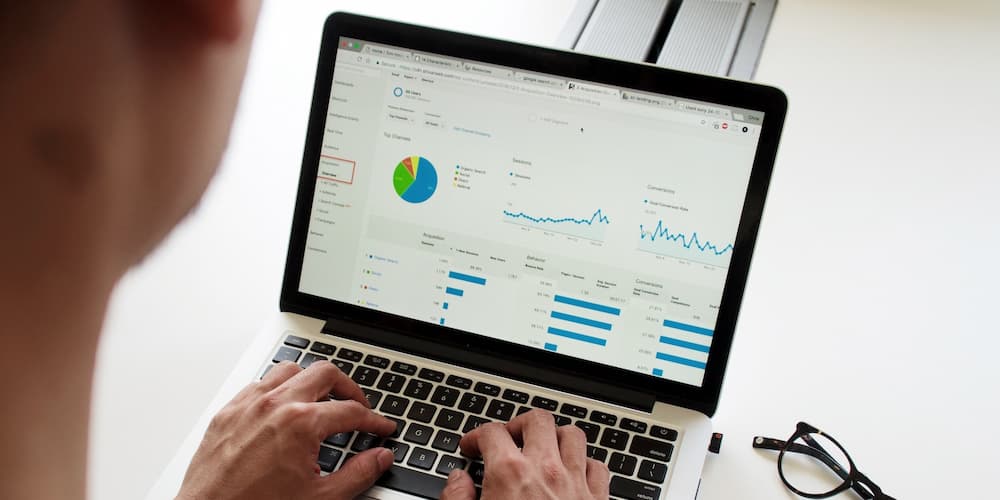Want to grow organic traffic?
WordLift can help.
This AI-powered marketing tool uses machine learning, natural language generation (NLG), and natural language processing (NLP) to scale and automate SEO.
We spoke to Valentina Izzo, marketing content manager at WordLift, to learn more about how this AI-powered marketing solution works.
In a single sentence or statement, describe WordLift.
WordLift is the SEO service designed to help businesses speak Google's native language by converting unstructured content into structured data that search engines understand.
How does WordLift use artificial intelligence in its products?
WordLift uses machine learning, natural language generation, and natural language processing to analyze the content of a website. It adds schema markup by enriching the information with data that search engines need to understand to rank the website better. This way, businesses get better visibility on Google and other search engines, more organic traffic, and greater user engagement as they find content relevant to their search.
In addition, WordLift uses these technologies to find new solutions for SEO at scale.
What are the primary marketing use cases for your AI-powered solutions?
WordLift uses AI for the following use cases:
- Automate SEO tasks to reduce time and optimize resources.
- Get more visibility on search engines and Google Shopping.
- Engage users and customers and make their experience more relevant.
- Increase conversion rate and click-through rate.
- Have a customized strategy to increase organic traffic to your website.
- Drive growth by automating and scaling SEO.
- Take SEO to the next level and leave the competitors behind.
What makes your AI-powered solution smarter than traditional approaches and products?
Most SEO tools provide insight into how to improve a website. WordLift creates a knowledge graph and automates some of these SEO tasks to help a website rank. We call it agentive SEO: from analyzing search intent to creating content, from building internal links to improving on-page user interaction.
Are there any minimum requirements for marketers to get value out of your AI-powered technology? (e.g. data, list size, etc.)
With WordLift it is possible to create a knowledge graph. It is based on a modular and scalable platform that can handle billions of data points. For each website, we create a dataset connected to DBpedia or Wikidata and vice versa.
WordLift integrates knowledge graph directly into the CMS used by the company, where the content is created and managed. This is possible with any type of CMS, as APIs and webhooks are provided.
Who are your ideal customers in terms of company size and industries?
WordLift helps businesses operating in all market sectors, including ecommerce, of small, medium, and large sizes. For ecommerce websites, we have a special plan and extension they can use if they have WooCommerce.
What do you see as the limitations of AI as it exists today?
The challenges of today’s AI solutions are related to the inability of these systems to reason over data in a meaningful way.
Deep learning is essentially a pattern recognition technique that can’t alone create trustworthy AI systems. While foundational models have unlocked a wide range of opportunities in the digital marketing space, the risks of using them in production environments are still too high in most cases.
A large language model like GPT-3 might be able to write the description of a pair of sunglasses proficiently, but it might mention the color of a lens that doesn’t exist. Building knowledge graphs sets the base for hybrid models that combine deep learning with symbolic reasoning.
What do you see as the future potential of AI in marketing?
We primarily focus on creating semantic rich data for companies by helping them build an SEO-friendly knowledge graph. Creating a knowledge graph for your organization has two key advantages:
- It will increase organic traffic by letting search engines understand what your content is about. It will strengthen your authority online by connecting information across multiple platforms. The ROI is measured by conversions and traffic value.
- It will represent a fundamental building block for your AI stack. Whether you are scaling content production, improving on-site search, building a new recommendation system, or working on performance monitoring, a content knowledge graph will create concrete business value for any AI-driven initiative inside the organization.
Any other thoughts on AI in marketing, or advice for marketers who are just getting started with AI?
Artificial intelligence is shaping the online world. Commercial search engines like Google and Bing have changed dramatically over the past two decades.
As search evolves, so do the SEO tools marketers need to cope with these changes. Meeting this challenge requires finding solutions that are different from the past and involve both humans and machines. Even in this changing scenario, where machines are getting smarter, human intervention remains essential.
Paul Roetzer
Paul Roetzer is founder and CEO of Marketing AI Institute. He is the author of Marketing Artificial Intelligence (Matt Holt Books, 2022) The Marketing Performance Blueprint (Wiley, 2014) and The Marketing Agency Blueprint (Wiley, 2012); and creator of the Marketing AI Conference (MAICON).



